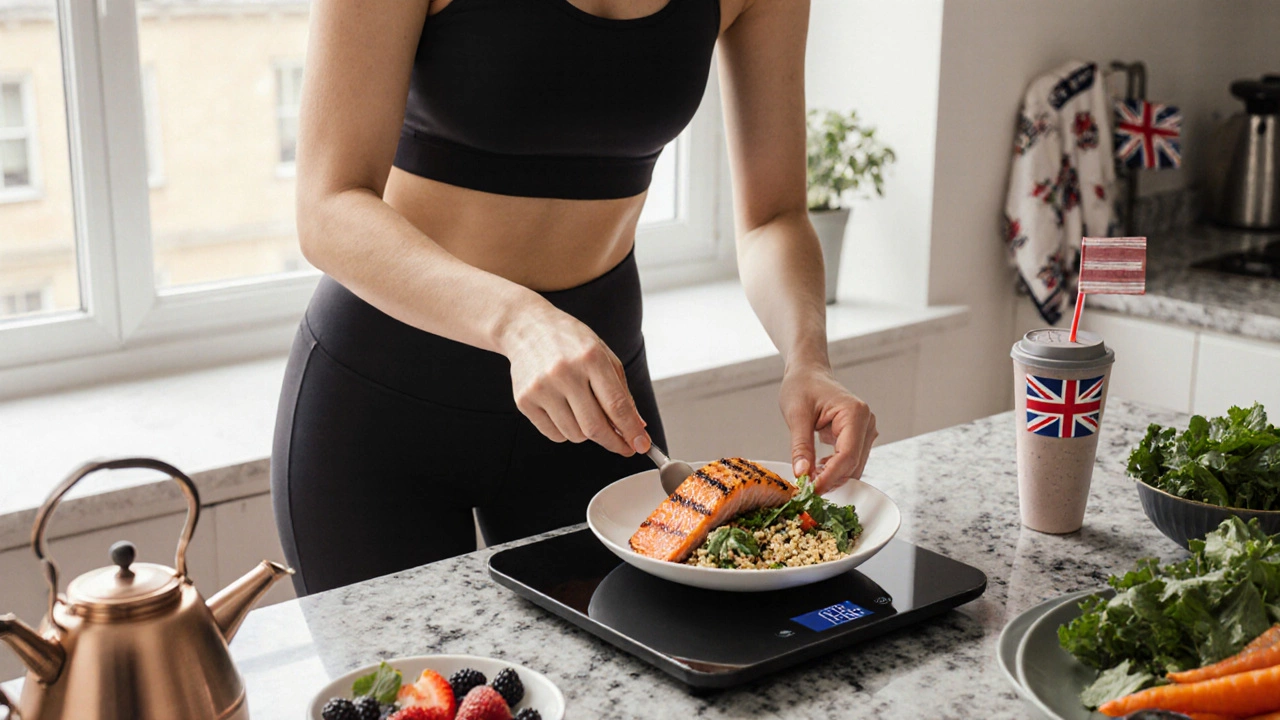Welcome to the September roundup from OxygenFit. In just a few weeks we covered how to shred fat fast, whether a 20‑pound drop in a month is realistic, which drinks help flatten your tummy, and what to watch out for when you wear a smartwatch. Below you’ll find the key takeaways from each post, so you can grab the bits that matter most for your own routine.
Our "Strip Fat in 2 Weeks" guide lays out a science‑backed plan that mixes calorie control, high‑protein meals, HIIT bursts, and light strength work. The core idea is to stay in a modest calorie deficit while preserving muscle – that means around 1.5 g of protein per kilogram of body weight each day and short, intense cardio intervals that keep metabolism revved up. Lifestyle hacks like sleeping 7‑9 hours, drinking enough water, and limiting alcohol also help keep cortisol low, which protects muscle mass.
When we tackled the question “Can you lose 20 pounds in a month?”, the answer was honest: it’s possible for a few people, but most will hit a metabolic roadblock or lose muscle. A safer approach is to aim for a 1‑1.5 % body‑weight drop per week, which translates to a 0.5‑1 kg loss daily. This keeps hormones stable and avoids the dreaded “yo‑yo” effect. The article broke down a calorie‑deficit calculator, suggested a balanced macro split (40 % carbs, 30 % protein, 30 % fat), and warned against extreme low‑calorie diets that can slow your metabolism.
For a flatter belly, we tested a lineup of drinks that actually move the needle on bloating and fat‑loss. Green tea, thanks to its catechins, boosts thermogenesis by about 4 % when you drink two to three cups daily. Apple cider vinegar, diluted at one tablespoon per glass of water, can improve insulin sensitivity and reduce water retention. We also added a simple cucumber‑mint detox water that hydrates and supplies electrolytes without added sugar. Each recipe includes exact measurements and the best time to sip – usually before meals to curb appetite.
Smartwatch wearers might wonder if those sleek gadgets pose any health risks. Our deep‑dive cleared up common myths: the low‑level EMF from wearables is far below safety thresholds, and skin rashes usually stem from strap material rather than radiation. The biggest practical tip is to keep the device clean, switch to a breathable strap if you notice irritation, and turn off notifications at night to protect sleep quality. If you ever feel persistent discomfort, a quick check‑up with a GP can rule out underlying issues.
That’s the September snapshot in a nutshell. Whether you’re chasing a quick fat‑loss sprint, looking for realistic weight‑loss timelines, mixing up your beverage game, or just want to wear your smartwatch without worry, OxygenFit has the practical steps you need. Keep checking back for fresh, evidence‑based advice that fits into real life.

A fast, science‑backed 2‑week plan that blends calorie control, protein focus, HIIT, strength work, and lifestyle hacks to strip fat without losing muscle.
READ
Can you drop 20 pounds in 30 days? What’s realistic, what’s risky, and how to lose fat fast without wrecking your metabolism. Science-backed plan + FAQs.
READ
Real drinks for a flatter tummy: debloat fast, support fat loss, and what to skip. Science-backed picks, doses, easy recipes, and Aussie-friendly tips.
READ
Curious about smartwatch side effects? Evidence-backed risks, myths, and a simple safety routine. Learn about rashes, sleep, EMF, anxiety, and when to see a doctor.
READ